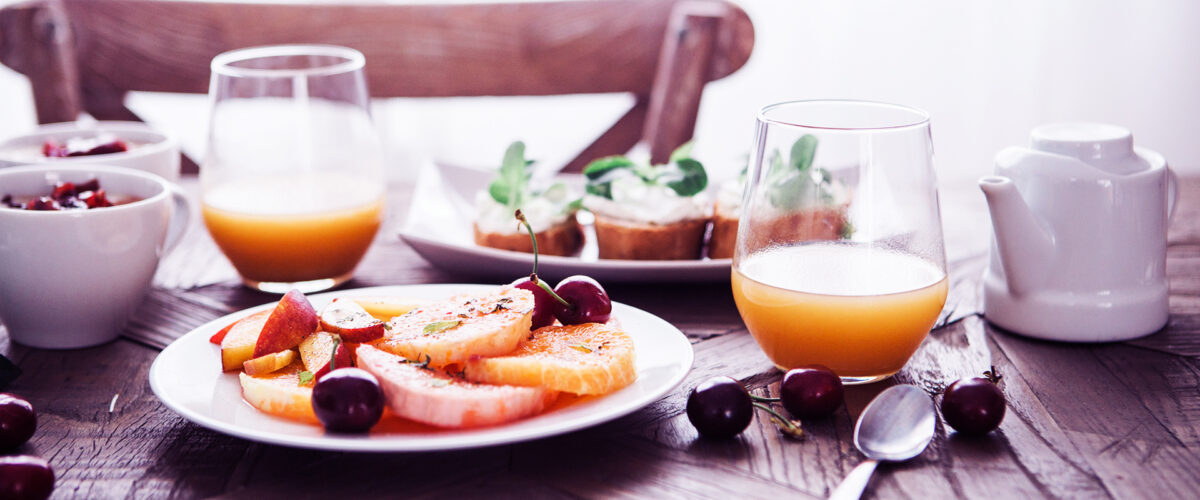Artikel | 24 maj 2021
Changed rules on the Swedish Keyhole label – Can ready meals be healthy?

From 1 March 2021, new rules apply regarding which food may be marketed with the Keyhole label (Nyckelhålet in Swedish). Following the change, more types of products will be allowed to be labelled with the Keyhole. The reason behind the amendment of the rules is the Swedish Food Agency’s goal for there to be more plant-based food and healthy ready meals labelled with the Keyhole on store shelves.
The Keyhole is the Swedish Food Agency’s label developed to make it easier for consumers to find healthier alternatives on store shelves. Producers of food containing more whole grains and fibre, less sugar and salt as well as healthier fats have the opportunity to use the label free of charge if their food meets the Swedish Food Agency’s requirements for the Keyhole. The Swedish Food Agency then checks that the labelling and product content follow the applicable rules. The Keyhole label has existed in Sweden for more than 30 years. The Keyhole has also been around for many years in several other countries, including our Nordic neighbours Denmark, Norway and Iceland.
The Swedish Food Agency now wants to make it even easier for consumers to make healthy choices. From 1 March 2021, new rules apply regarding the food companies are allowed to use the Keyhole label for. The idea behind this is that the new rules will allow more types of products to use the label. For instance, it will be possible to mark vegetarian alternatives with the Keyhole, as well as other products that have not previously fitted into the various categories or that have not met the requirements for portion size, i.e. having replaced a certain amount of meat with a vegetarian alternative. For example, meat and products containing meat can now be marked with the Keyhole label if at least 50% of the product is made from meat in combination with cereals (100% whole grains), vegetables (excluding potatoes), legumes (excluding peanuts) or root vegetables. However, the meat content must amount to at least 20% of the product.
Furthermore, by making the rules less complicated more ready meals should be able to use the Keyhole label. This in the hope of making everyday life easier for many consumers. Among other things, pirogi, pizzas, spring rolls, pies other than dessert pies and similar products may be Keyhole labelled if, for example, the products contain at least 28 g vegetables (excluding potatoes), legumes (excluding peanuts), root vegetables or fruit and berries per 100 g. If the product contains a cereal component, it must contain at least 30% whole grains calculated on the dry matter of the cereal component.
However, the changes do not mean that the requirements for the product to be labelled with the Keyhole have been reduced. Keyhole labelling can be used for 32 different food groups, divided into 11 categories. Because different food groups contain different types of nutrients and in different amounts, the requirements are different for each group. Depending on the food group, there are requirements for fibre content and whole grain content, amount of fat and fat quality and how much sugar and salt the food may contain.
The new regulations entered into force on 1 March 2021. Products labelled in accordance with older regulations before 1 September 2022 may, however, be placed on the market until stocks run out. Products marked with the Keyhole accompanied by the ® mark before 1 September 2024 may be placed on the market until stocks run out.
Setterwalls’ team is available for advice on any type of food labelling.
Kontakt:
Verksamhetsområde:


